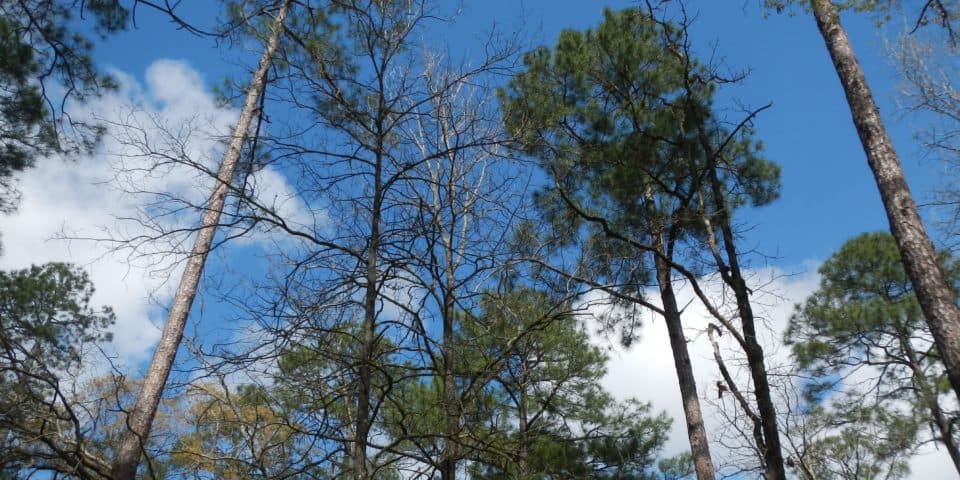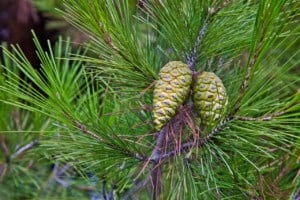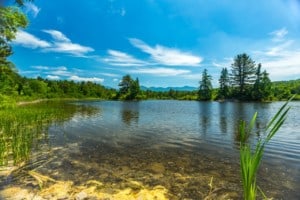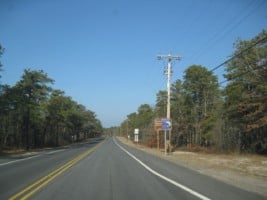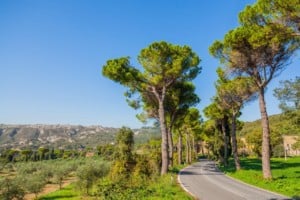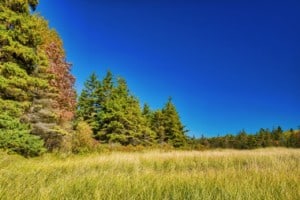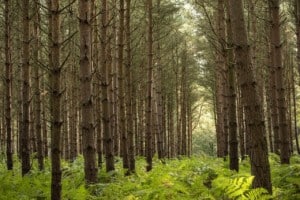Louisiana has been called a sportsman’s paradise, and indeed, if you love the outdoors, this is the place to be. The state enjoys warm temperatures throughout most of the year, which is one of the reasons why it is home to so many different types of trees, and this doesn’t just include magnolia trees. It includes five common types of pine trees.
Contents
Pine trees are evergreens and conifers, and contrary to what most people believe, needles are not the only types of leaves found on the trees. There are, in fact, three other types of leaves. One of the most interesting aspects of pine trees is that you can use every part of the tree for some purpose, making them very valuable indeed.
With 50% of the state covered in forests, covering a total of 14 million acres, you are guaranteed to find trees wherever you go in North America, and these include pine trees. In fact, there are a total of five different types of pine trees in the state of Louisiana, and you can keep reading to find out more about them.
1. Loblolly Pine (pinus taeda)
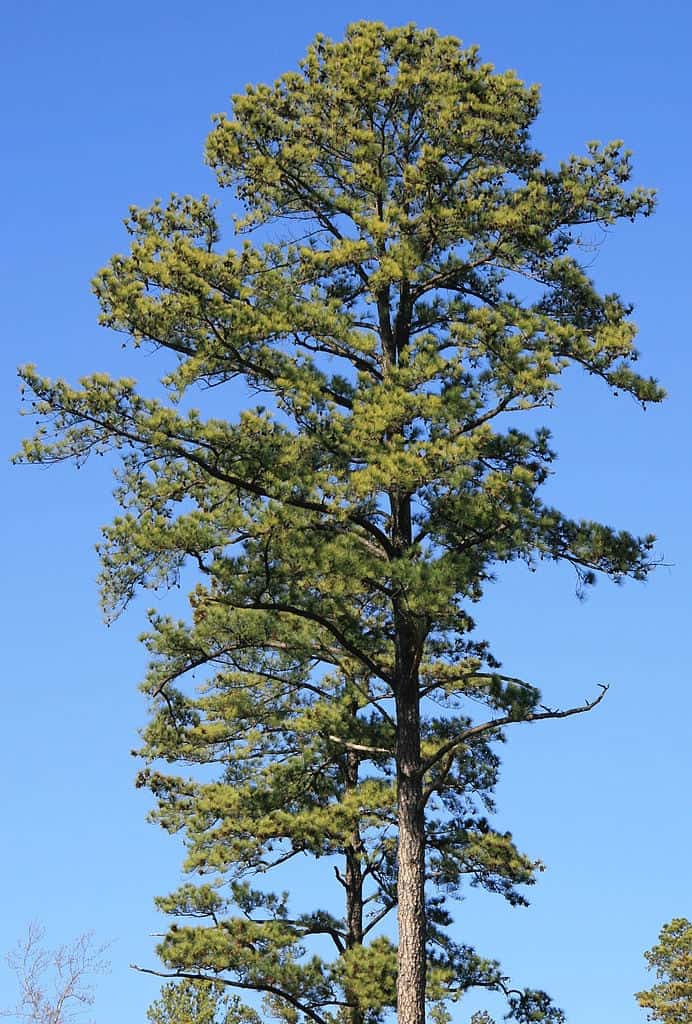
Found in wetland areas such as swamps, the loblolly pine tree grows to around 100 feet in height and up to five feet in diameter. Some loblolly pine seeds were sent with the astronauts on the Apollo 14 mission, and they were replanted in various parts of the country when the astronauts returned. This included the White House, and many of those trees are still standing today.
There are several infamous loblolly pine trees, including the Eisenhower Tree at the Augusta National Golf Club and the Morris Tree in southeastern Arkansas, the latter of which is more than 300 years old and stands at an impressive 117 feet in height.
2. Longleaf Pine (pinus palustris Mill.)
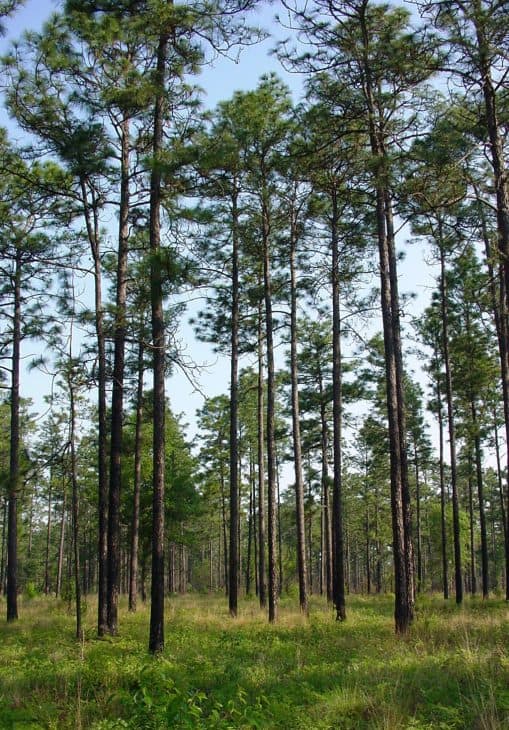
The longleaf pine averages 115 feet in height and a width of 28 inches. Like other pine trees, this one has a regal look to it, and its yellow resinous wood has been used in everything from lumber for construction projects to pulp to make paper. The large amounts of resin sometimes cover the stumps and taproots of the tree, making it difficult to remove them when you need to.
Besides being a cultural symbol of the South, the longleaf pine has thick, scaly bark and dark-green leaves that usually grow in groups of three. The tree can sometimes live to be 500 years old.
3. Shortleaf Pine (pinus echinata)
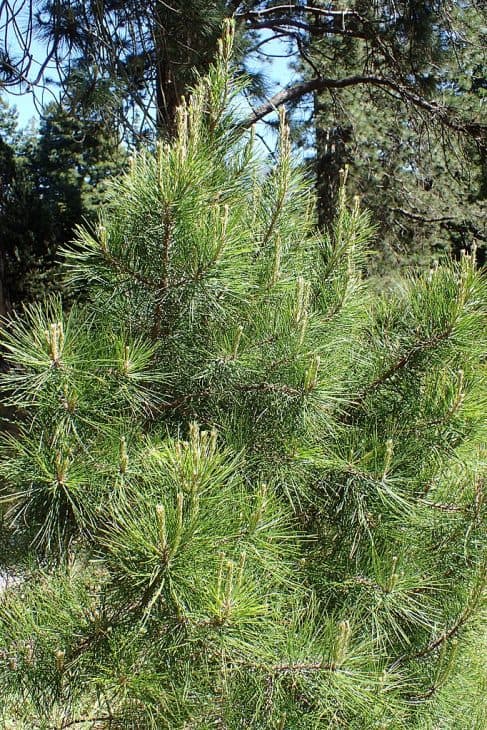
Shortleaf pines grow from 65 to 100 feet in height and roughly two feet in diameter. The cones are small, around three inches long, and the tree is sometimes called the shortstraw pine or the southern yellow pine. The needles grow in groups of two or three, and the shape of the tree can be either straight or crooked.
One benefit of the shortleaf pine is its ability to grow in a number of conditions, including rocky uplands and wet flood plains, making it perfect for the warm, humid landscape in Louisiana as well as Alabama.
4. Slash Pine (pinus elliottii)
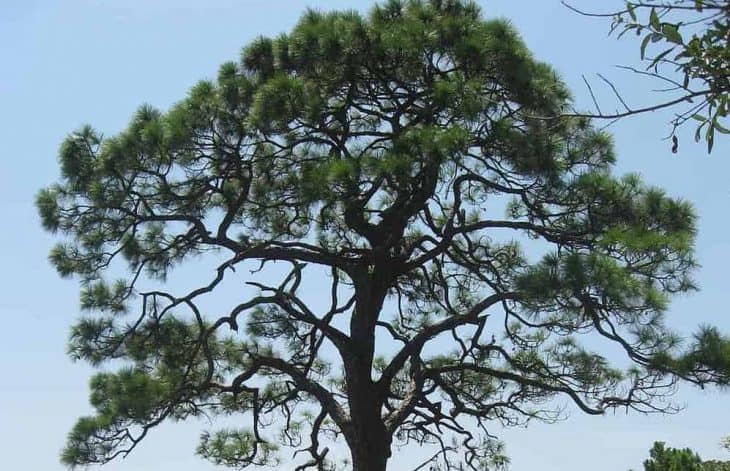
The slash pine can be as small as 60 feet high or as big as 100 feet high. It lives around 200 years, which is shorter than other pine trees, and it has long glossy needles. There are two varieties of the slash pine, and it has two main uses today: horticultural and in tree plantations.
The slash pine is well-known to be used as timber for turpentine, naval stores, and resin. Although slash pines do well in a variety of soil conditions, they do especially well in swamps and other wetlands due to the humidity and moisture those areas enjoy. Besides Louisiana it is also common in the state of Florida.
5. Spruce Pine (pinus glabra)
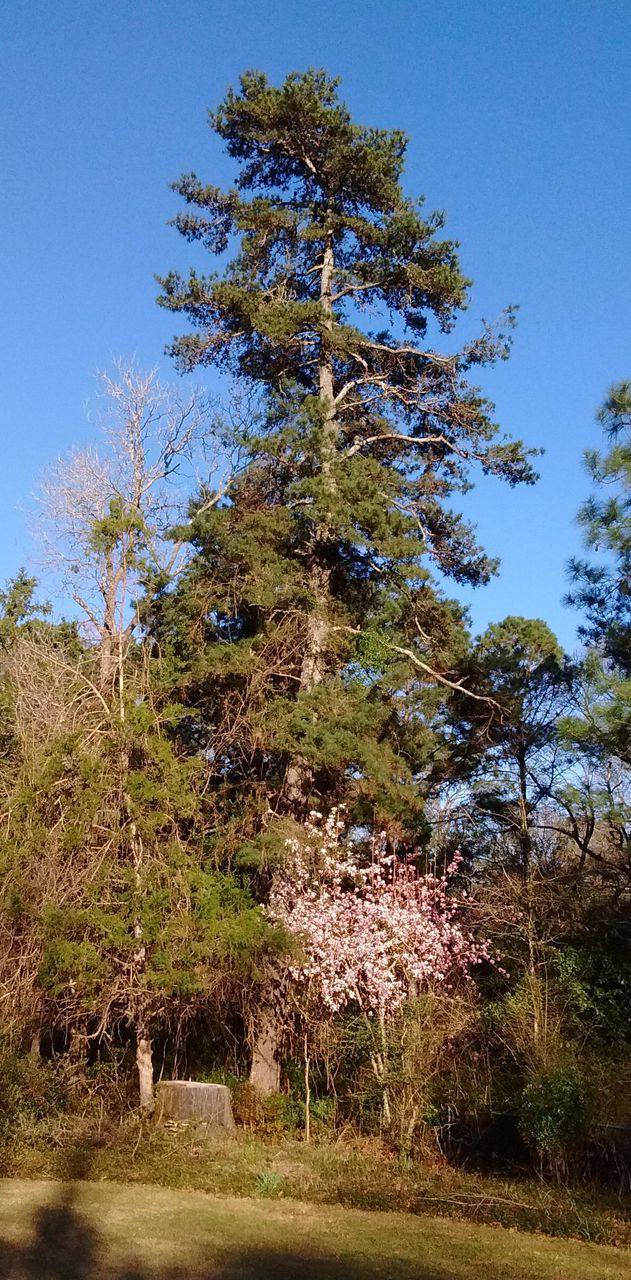
The spruce pine gets to roughly 130 feet in height and has glossy, dark-green needles that grow in groups of two. The tree gets to 130 feet high at the most, and unlike other pine trees, it isn’t normally found in forests of pines. Instead, you’ll find it scattered across various pieces of land and in mixed hardwood forests. It even has good tolerance to shade, which not all trees in the south share.
The tree also grows straight and erect in stature, so it is a regal-looking tree indeed. It is found in many parts of the south as far west as Louisiana and Georgia and up through South Carolina.

